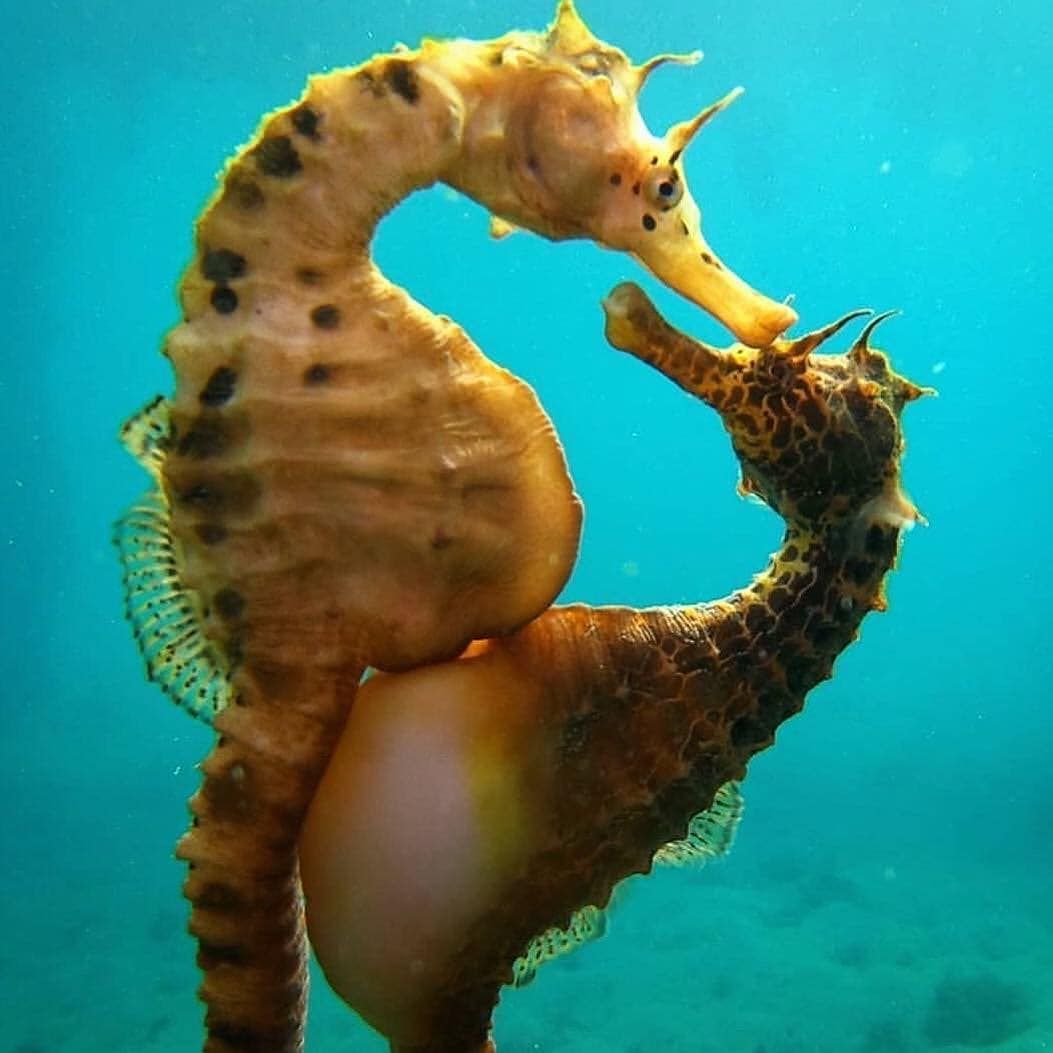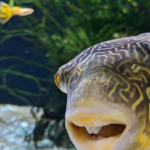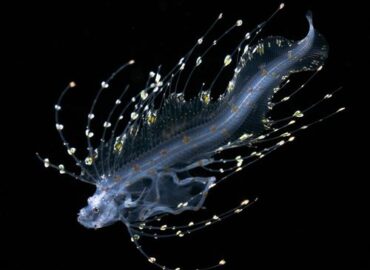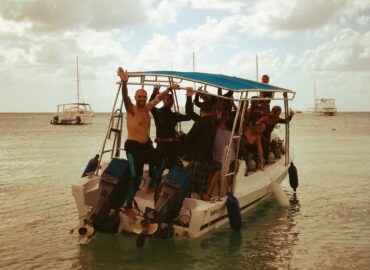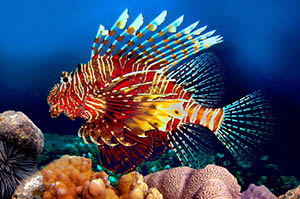Found in both tropical and temperate waters all across the globe, seahorses are arguably one of the most distinctive and charismatic marine wildlife species in existence.
Ranging in length from more than a foot to under one inch, there are more than 40 known species of these ‘horses of the sea’ recorded by scientists to date. From odd dieting tendencies to adorably romantic relationship rituals, there’s much more to seahorses’ majestic intrigue than their trademark elongated mouths and curly tails. Here are just a few wildly fun facts you may not have known about this charming species.
Due to their unique anatomical shape and lack of scales, many people may not consider seahorses ‘fish’ at first, but they are indeed! Possessing swim bladders to remain buoyant in the water and utilizing gills to breathe, these fish also thrive in a strong suit of sturdy armor-like plates. Their tough, bony makeup makes them pretty tough for other fish to digest, illustrating the reason for their lack of many natural predators.
Seahorse couples are essentially serial monogamists, sticking with one partner for long periods of time. Remaining committed to a single partner enables seahorses to pass through multiple reproduction cycles during each mating season, heightening the likelihood of successful, continuous procreation over time.
Seahorse’s rituals
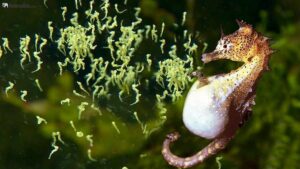
Every morning, seahorse couples engage in ritualistic dances to greet each other, moving through intricate, rhythmic sequences of twists and twirls for minutes to hours on end.
Seahorse ladies need not fret when it comes to gestation and childbirth. Perhaps one of their most distinctive traits, the Syngnathidae family (which includes both seahorses and their cousins, pipefishes and seadragons) stands remarkably unique in that it’s the males that carry the burden of pregnancy, not the females! After their complex courting dance during a reproductive cycle, female seahorses will place their eggs into an oviduct in the male’s body, which is housed in what’s known as a brood pouch. Once the placement is complete, males settle into an area to rest throughout gestation, which can last up to a number of weeks.
When it’s finally time for the babies to be born, the father’s body experiences strong contractions that expel the young out of his pouch. As little as five to as many as 1,000 juvenile seahorses, often called ‘frys’ in the fish world, can be born to the world in a single birthing session. Estimates suggest that only about 0.5% of the offspring will survive to become reproducing adults, so the babies are independent immediately upon birth, pushing as hard as they can right away to become thriving, strong and growing seahorse lads and lasses.

